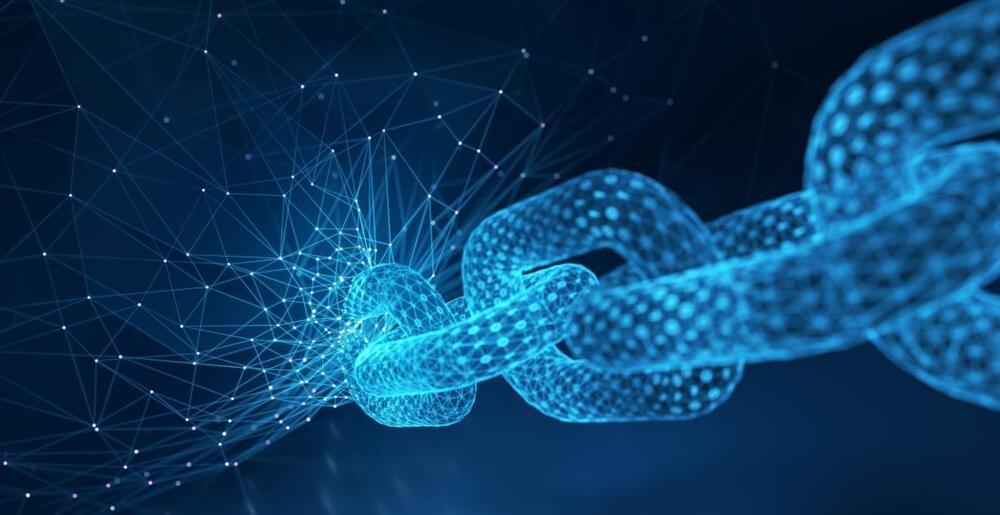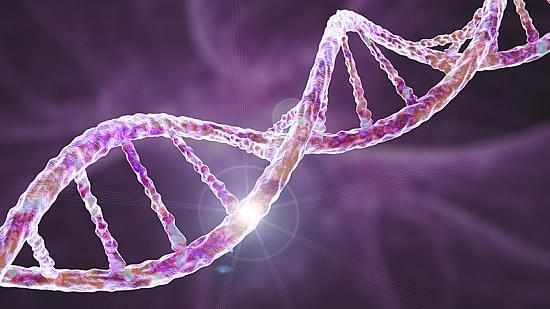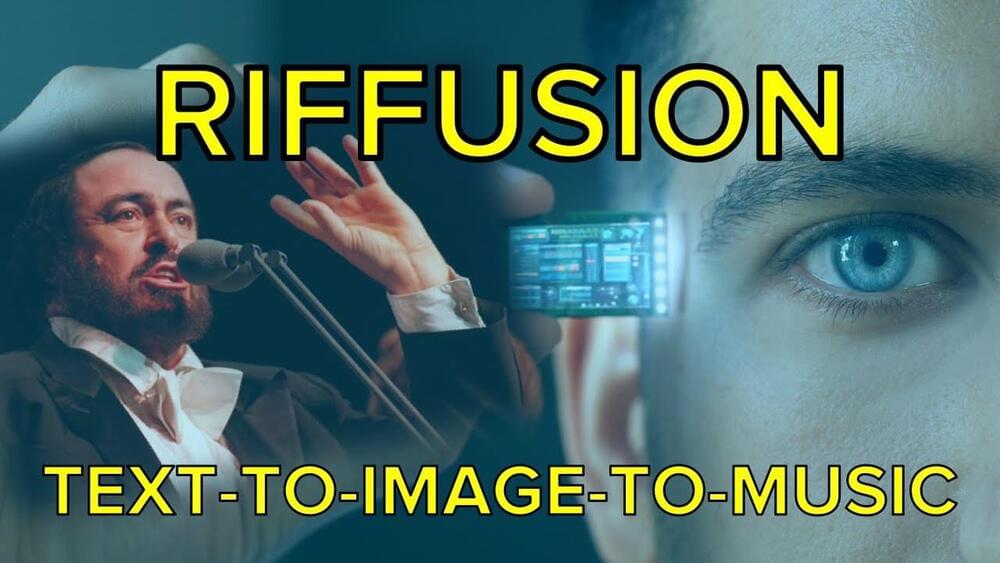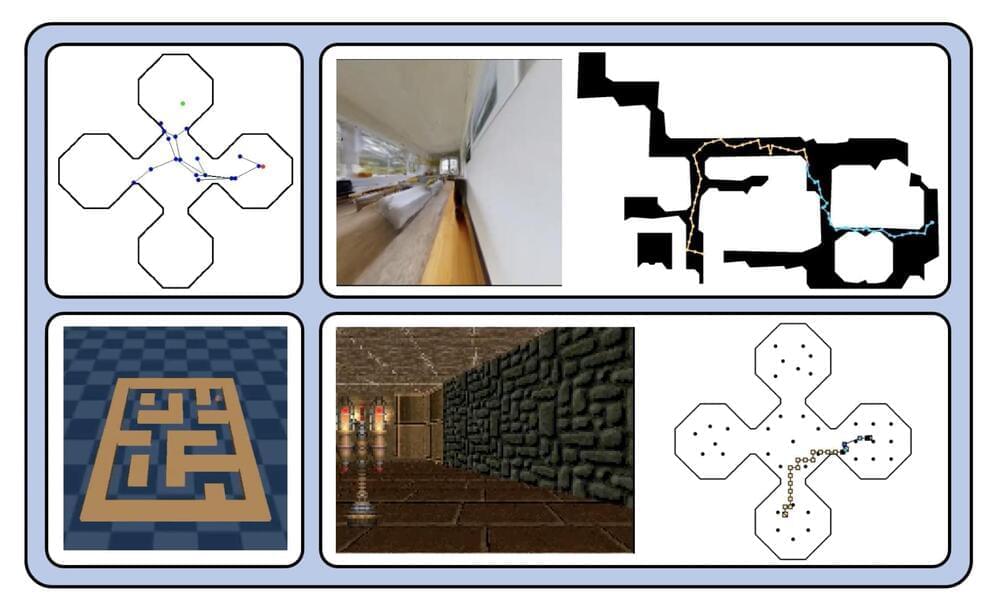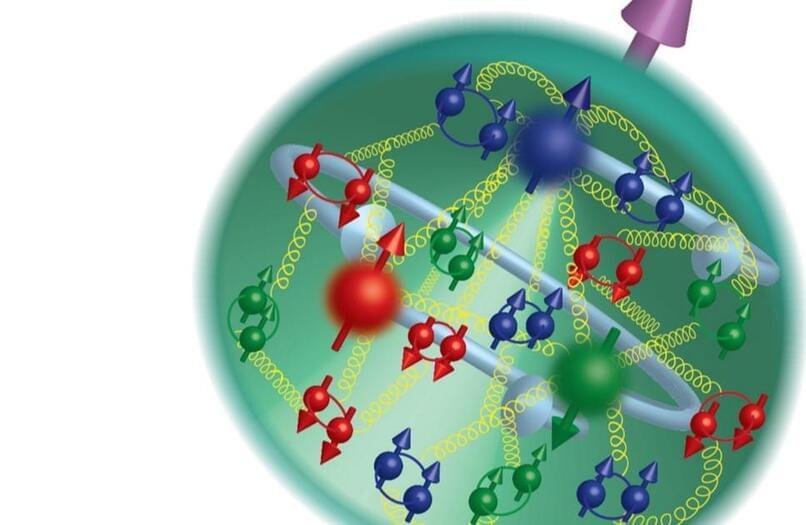Dec 17, 2022
The post-Merge Ethereum ecosystem needs privacy more than ever
Posted by Shubham Ghosh Roy in categories: blockchains, cryptocurrencies, security
Check out all the on-demand sessions from the Intelligent Security Summit here.
On September 15, 2022, the Ethereum network migrated from a proof-of-work to a proof-of-stake consensus mechanism called the Merge. Apart from reducing energy consumption by 99%, the Merge laid the foundations for building a highly secure and scalable blockchain. However, despite the benefits of the Merge, it also marks a regression in privacy, which is a significant concern for Ethereum users.
Privacy generally takes a backseat to other core blockchain topics such as decentralization and scalability. In fact, blockchain networks’ zeal for data transparency often comes at the cost of compromising individual and enterprise privacy. But without a privacy-focused approach — even one that gives users optional privacy — Ethereum decentralized applications (dapps) will repeat the same mistakes of Web2 applications.
